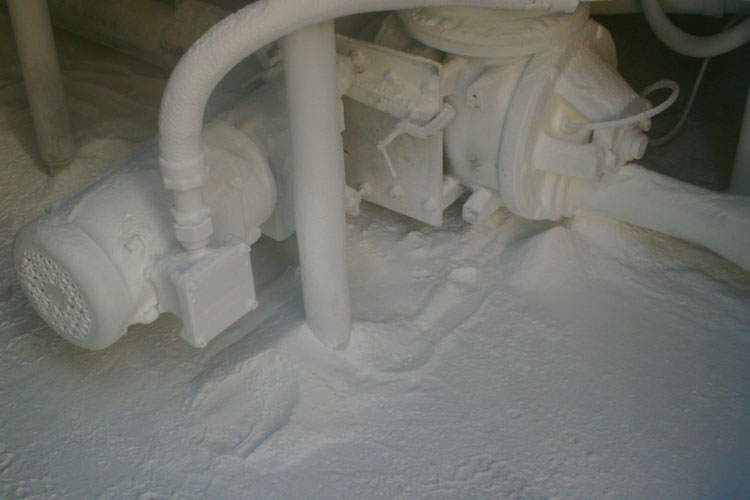On September 23, OSHA’s silica dust standard became enforceable but only for the construction industry. The first 30 days (Table 1 approach) featured light enforcement, where agents focused on helping employers to fully and properly implement all the controls. By the end of this period, OSHA came up with their final compliance directive.
What will OSHA’s officials look for?
Silica dust has been an OSHA NEP for a long time, this means that OSHA inspections have focused on silica dust for years.
The issue is, without a set compliance rule, it was not clear what OSHA officers will focus on. For example, the standard directs employers to cut dry sweeping to a minimal, but how much is minimal? What is the required level of training? Is an extended tailgate meeting fitting?
Also, there is no clear directive of how OSHA inspectors would handle a situation whereby there are 2 or more subcontractors on site, and one is creating dust.
What is the role of the employer?
One way to stay on the safe side is to make sure that all your employees are trained. This means that when an inspection takes place, they will understand all the hazards of silica and answer all the questions.
Have you started your compliance journey? If not, follow these steps:
Go through OSHA’s website, there, you will find all the standards including Table 1, fact sheets and other reading material.
Contact industry association and groups such as your local building contractors to understand how the standards affect your industry.
Read OSHA’s Small Entity Compliance Guide, this document has vital information for all companies (big and small). Note that this document has been revised, so read it again to stay updated.
Understand the processes that take place in your facility that have the potential to cause silica dust and compare them to Table 1. This table has the compliance information that you need. But if you can’t comply for a reason, or if you have tasks that are not listed on that table, you must conduct an air monitoring test to know your risks.
Come up with a written exposure control program.













